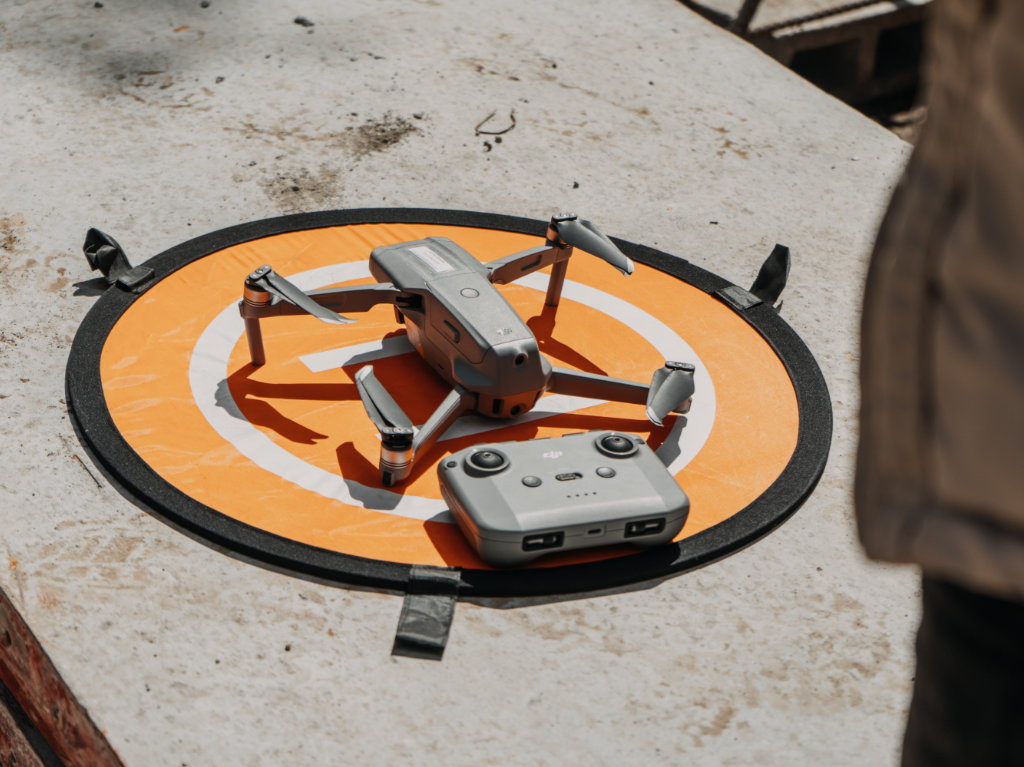Larger corporations might still be a little wary about launching drone programs because of budget constraints. However, at engineering and construction companies , it’s not difficult for drone advocates to present very high-value use cases and convince them.
Drones can obviously reduce reliance on planes or helicopters and even make data acquisition for the Construction sector easier. But is that it? Here are 5 ways how drone technology can drastically change the construction industry.
1) Drone data can provide insights otherwise not accessible
In modern-day construction practices, the modelling of Building Information (BIM) and 3D (3D) are essential. In order to use three-dimensional information successfully, companies must capture precise models at different planning and building phases. Drones are ideal for rapid construction and modelling of larger areas. With the use of photogrammetry drones, modelling may be quicker and more regular at cheap costs than existing mapping approaches.

Some firms use drones to detect structural flaws and fractures in close-up thermal examinations. Others work exploring 3D monitoring of moveable items in building sites using a mixed point cloud/vision method. As one of the biggest privately-owned construction companies in the United States, Brasfield & Gorrie use drones to generate virtual reality simulations before construction starts.
2) Added productivity from drone workflows
The replacement of current processes with drone-aided technologies often saves a substantial amount of time. For instance, Brasfield & Gorrie have been saving a huge amount of time and resources utilizing digital modeling after only a single site measurement instead of multiple visits. Drone use has helped them with a staggering 75 percent improvement in time and expenses, according to Hunter Cole, who is managing Innovation and Technology at the company.
With the passage of time, drone projects can grow to a higher value with additional uses. An inspections drone programme may be developed to support inventory control and 3D modelling later.
Hensel Phelps, another construction giant, was able to cut their 15 thousand dollar per-flight helicopter costs to just a fraction with the help of drones, along with deploying them in other avenues like site monitoring, photogrammetry etc.
3) Drones can help improve worker safety
Occupational Safety and Health Administration (OSHA) reports that one out of every five employee deaths in 2019 happened in the construction industry.
Drones can help the construction sector improve safety for their workers by replacing human interventions like in these areas:
- Examination of hazardous assets
- Areas involving dangerous materials, temperatures or fumes
- Electric risks and utilities lines identification

4) Reduce Employees’ Compensation Claims
According to OSHA studies, employers in the construction industry have to pay upwards of $1 billion every week in lieu of worker compensation costs. These include compensation payments, legal services, medical expenses etc. along with many other indirect costs. As drones improve worker safety like mentioned, this can decrease the on-site incidents and save tons of money for construction companies in terms of compensations too.
5) 5G-connected drones can be game-changers
As fifth generation internet technology or 5G continues to progress around the world, drones will obviously unlock better capabilities in areas like virtual reality applications, inspections, monitoring movements, asset observations etc. Here’s what 5G can potentially do to drone operation in construction sector:
- Low latency, which can allow flying control from thousands of miles away in almost real time
- Quick data communication, enabling huge data volume transfer
- Close to real-time analyses on mobile edge computing (MEC)
- Up to one million linked devices per kilometer square
Leave a Reply